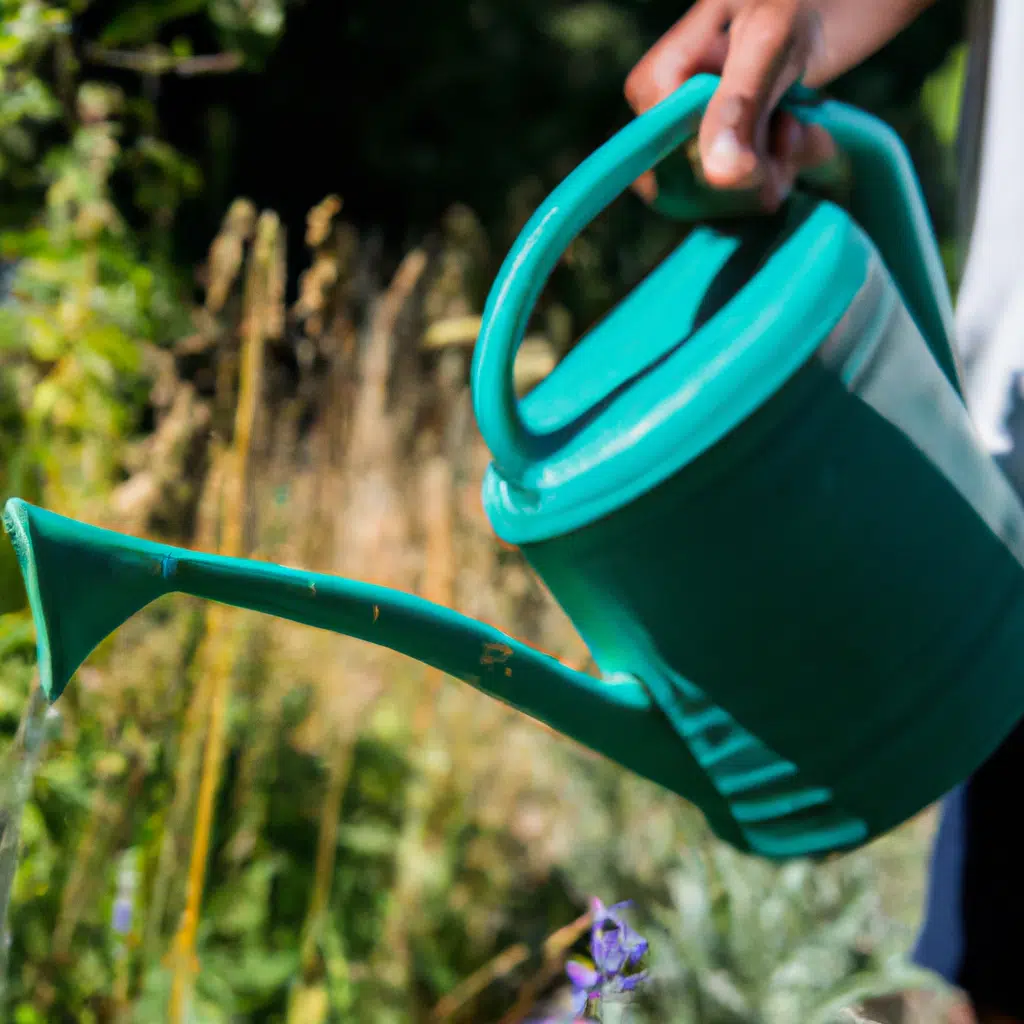As a farmer or gardener, watering your crops is one of the most critical tasks you need to perform to ensure a healthy harvest. However, many people make mistakes when watering their crops, which can lead to poor growth, diseases, and even death of the plants. In this article, we’ll discuss the top mistakes you’re making when watering your crops and how you can avoid them.
Mistake #1: Overwatering
One of the most common mistakes people make when watering their crops is overwatering. Overwatering can be detrimental to your plants as it can lead to root rot, which can cause the plant to wither and die. It can also lead to the growth of harmful fungi and bacteria that can damage your crops.
To avoid overwatering, you need to understand your plant’s water requirements. Different crops require different amounts of water, and you should water them accordingly. You can also use a moisture meter to determine the soil’s moisture content and avoid overwatering your plants.
Mistake #2: Watering at the wrong time
Watering your crops at the wrong time can also be a mistake. For instance, watering your plants during the hottest part of the day can lead to water loss due to evaporation. Similarly, watering your plants at night can lead to the growth of harmful fungi and bacteria, which can damage your crops.
To avoid watering at the wrong time, you should water your plants early in the morning or late in the evening when the temperature is cooler. This will help minimize water loss due to evaporation and prevent the growth of harmful fungi and bacteria.
Mistake #3: Using the wrong watering method
Using the wrong watering method can also be a mistake. For instance, using a sprinkler to water your plants can lead to water loss due to evaporation and uneven water distribution. Similarly, using a hose can lead to overwatering and underwatering in some areas.
To avoid using the wrong watering method, you should use a watering can or a drip irrigation system. These methods allow you to water your plants precisely, minimizing water loss due to evaporation and ensuring even water distribution.
Mistake #4: Watering too shallow or too deep
Watering your plants too shallow or too deep can also be a mistake. If you water your plants too shallow, the roots may not get enough water, leading to stunted growth. On the other hand, if you water your plants too deep, the water may not reach the roots, leading to underwatering in some areas.
To avoid watering too shallow or too deep, you should water your plants at the root level. This will ensure that the water reaches the roots, promoting healthy growth.
Mistake #5: Not watering enough
Not watering your plants enough can also be a mistake. If you don’t water your plants enough, they may not get enough water to grow, leading to stunted growth and poor yield.
To avoid not watering enough, you should water your plants regularly, especially during hot, dry weather. You should also monitor your plant’s moisture levels and water them when necessary.
Mistake #6: Watering the leaves
Watering the leaves can also be a mistake. When you water the leaves, the water can act as a magnifying glass, focusing the sun’s rays and burning the leaves. It can also lead to the growth of harmful fungi and bacteria, which can damage your crops.
To avoid watering the leaves, you should water your plants at the root level. This will ensure that the water reaches the roots, promoting healthy growth and preventing the growth of harmful fungi and bacteria.
Mistake #7: Using hard water
Using hard water to water your plants can also be a mistake. Hard water contains high levels of minerals such as calcium and magnesium, which can build up in the soil and affect your plant’s growth.
To avoid using hard water, you should use soft water or rainwater to water your plants. You can also add organic matter to the soil to help neutralize the minerals in the hard water.
Conclusion
Watering your crops is critical to ensuring a healthy harvest. However, many people make mistakes when watering their crops, which can lead to poor growth, diseases, and even death of the plants. To avoid these mistakes, you need to understand your plant’s water requirements, water at the right time, use the right watering method, water at the root level, water regularly, avoid watering the leaves, and use soft water or rainwater. By following these tips, you can ensure a healthy harvest and maximize your yield.


